Vuelta a España 2023 route revealed with Tourmalet - Angliru double-whammy
More mountains, more misery - the 78th edition of Spanish Grand Tour is one for the pure climbers
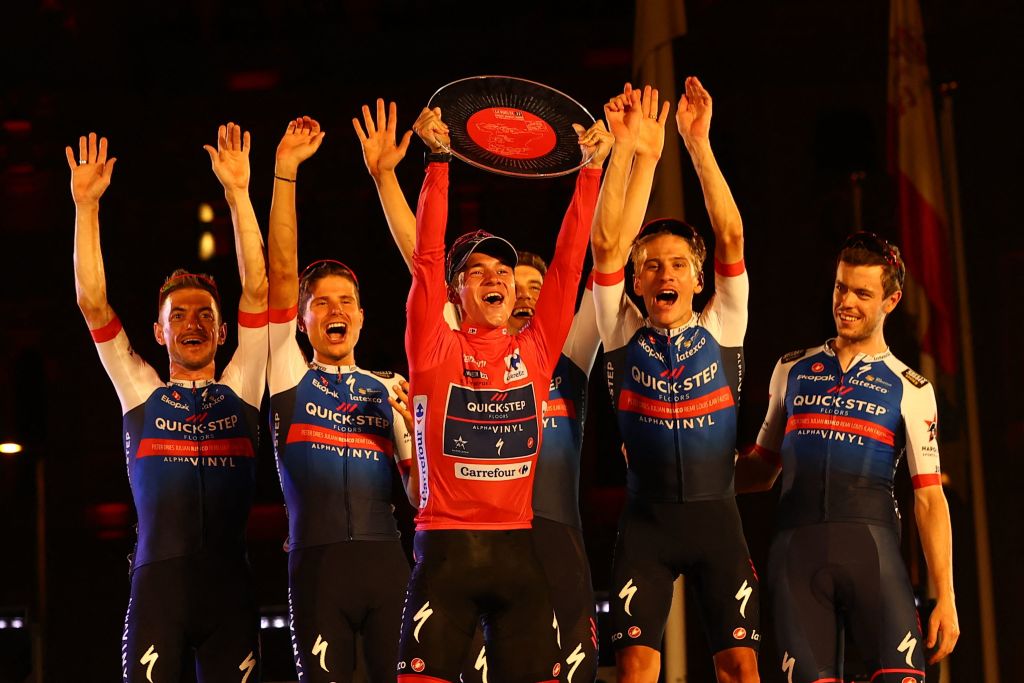
The 2023 Vuelta a España returns to the high mountains with a vengeance next September, with the renowned ascents of the Col du Tourmalet and the Alto de l'Angliru looking set to shape the race.
While the 2022 race was all but decided in the mid-race time trial in Benidorm, the demanding 2023 route is much more likely to favour the out-and-out climbers.
A return to the Pyrenees, three major summit finishes in the first week and a very tough final run through the Picos de Europa and Sierras de Guadarrama mountains all feature in a race which kicks off in Barcelona on August 26th and concludes in Madrid on September 17th after 3,153 kilometres.
As a former racer and multiple Vuelta podium finisher, Joaquim Rodríguez observed when the route was presented in Barcelona on Tuesday evening, "there's a mid-race time trial in Valladolid, but I don't think it'll be tough enough to change the overall outcome in favour of the climbers."
In marked contrast to 2022's flat trio of opening stages in the Netherlands, after a short, nervous team time trial through the streets of Barcelona, the first major trek into the mountains of the 2023 Vuelta comes as soon as stage 3 into Andorra, with a first category summit finish at Suria-Arinsal.
48 hours later, having U-turned and headed south back into Spain, another difficult first-category ascent to the Javalambre, last used in the 2019 Vuelta a España, awaits the riders. But if the approach roads to the Javalambre on narrowing twisting roads in the little-known province of Teruel are arguably as tough as the final climb, the 20% slopes of Xorret de Cati on stage 8 just before the finish will surely see the sparks fly between the GC favourites.
After a long transfer north, the only individual time trial of the race on stage 10 through the flatlands of Valladolid could give the specialists against the clock a chance to shine. However, even before the riders hit the Pyrenees, they will have to tackle the onerous ascent to Laguna Negra de Vinuesa on stage 11, where Dan Martin triumphed against the GC favourites with a blistering late charge for the line.
Get The Leadout Newsletter
The latest race content, interviews, features, reviews and expert buying guides, direct to your inbox!
The first full mountain stage comes 48 hours later as the Vuelta makes its return to the Tourmalet for the first time in 28 years. The last time it appeared was in 1995 when it was used en route to a finish at Luz Ardiden. This time it forms an unprecedented summit finish on one of the Tour de France's most hallowed climbs. Preceded by the Col d'Aubisque and another arduous Pyrenean ascent, the Col de Spandelles, all in France, the 134-kilometre stage should see a clear hierarchy emerge in the GC battle.
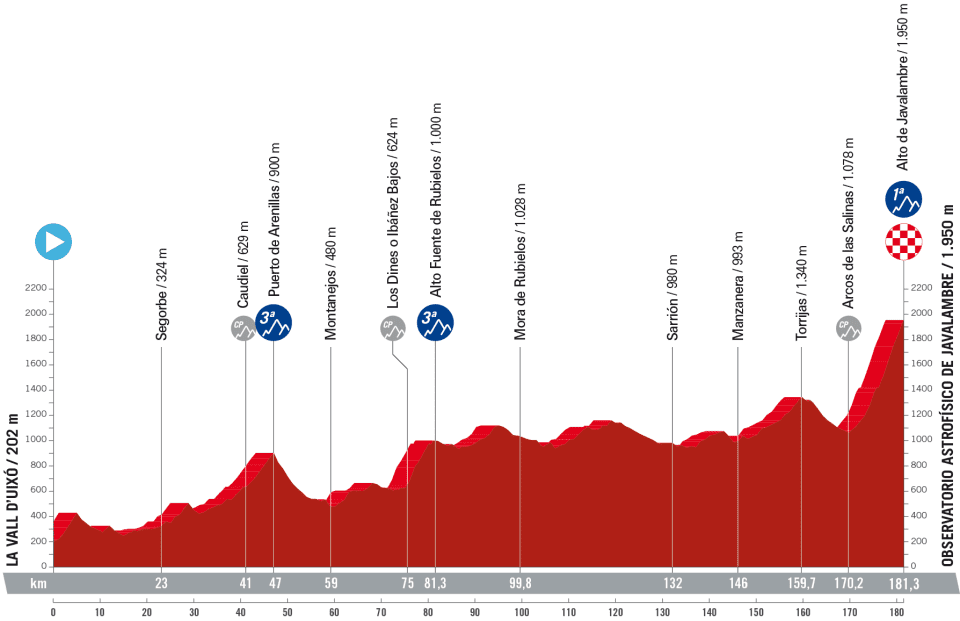
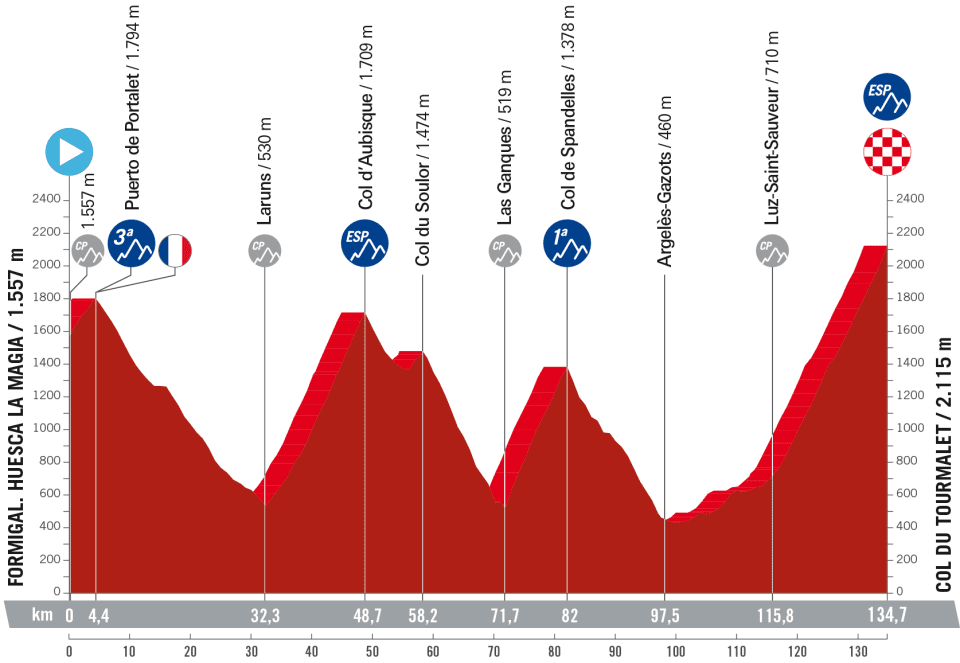
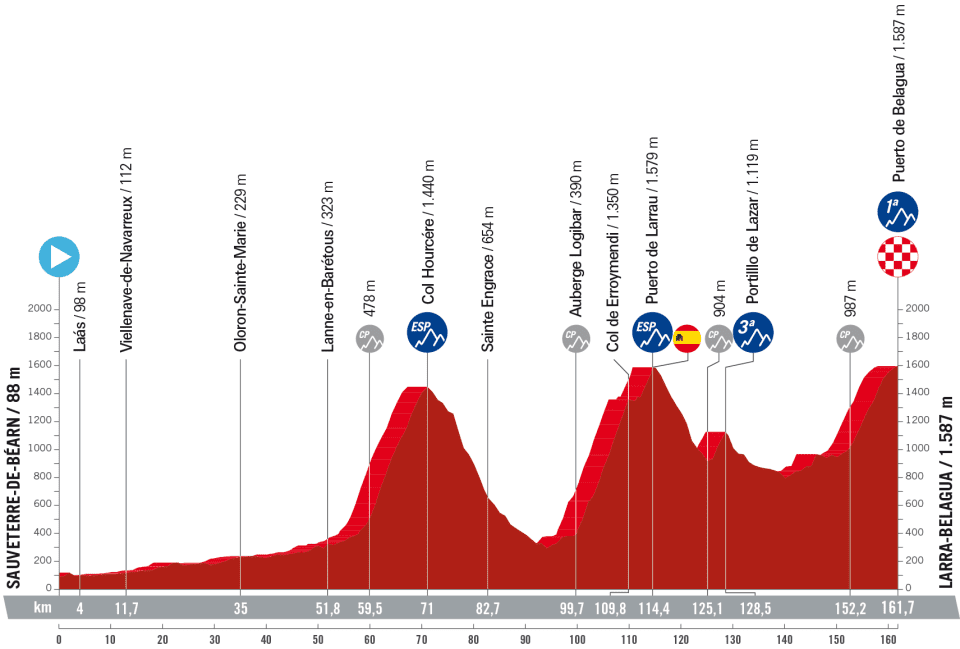
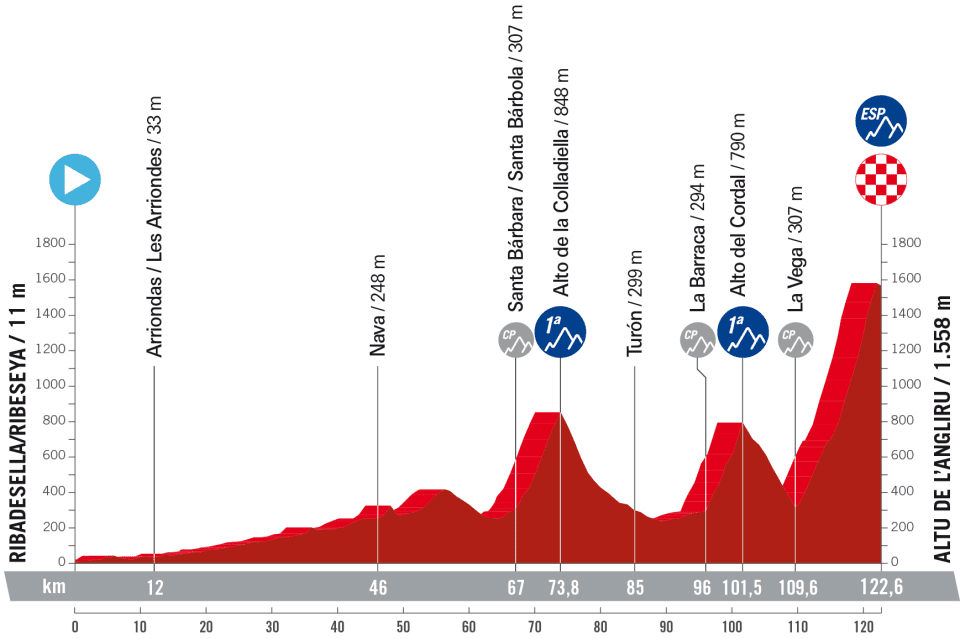
If the Vuelta peloton thinks they have finished with the Pyrenees by then, they had better think again. An almost equally tough stage is then on the menu 24 hours later, with two less famous but almost equally difficult hors categorie climbs, the Col Hourcére and Puerto de Larrau, taking the riders back into Spain, and preceding a first category summit finish, the seventh of ten in total, at the Belagua ski station in Navarre.
By this point, the riders will have tackled four hors categorie climbs, three more than in the whole of the 2022 race. But in stark comparison to 2022's relatively easy third week, the Vuelta will then head into the Picos de Europa for a fifth hors categorie ascent, and arguably the most difficult of the entire race.
Stage 17 will see the Vuelta return to the Angliru, widely credited as the hardest single climb in the whole of Spain, and with such ridiculously steep slopes that in wet conditions often riders struggle to stay upright. Indeed, the Angliru is so tough that in some Vueltas, like 2020, it can end up producing a stalemate. In others, though, like in 2013 when Chris Horner beat Vincenzo Nibali into second place, it has decided the race.
Unlike in 2022, which ended with a set piece mountain stage through the sierras of Madrid, stage 20 harks back to the 2021 finale, where organisers Unipublic designed a spectacularly successful route of short, punchy climbs designed to evoke Liège-Bastogne-Liège. That was in Galicia in Spain's far north-west, and this time the 208-kilometre stage runs through the sierras of Guadarrama north of Madrid. But the idea of a 'sting in the tail' stage is exactly the same.
While the breakaways will have plenty of opportunities on days with 'easy' final ascents like stage 2 to Montjuic in Barcelona, stage 9 to Caravaca de la Cruz or the short punchy stage 15 through the Cantabrian coast to Bejes, there is a marked drop in the number of pure sprint stages compared to 2022, from eight to five.
"It's a different Vuelta route to last year," race director Javier Guillen told Spanish TV at the end of the presentation, "but even when we were designing the 2022 course, we were already thinking about how we could do things differently in 2023."
"There's also the change in dates of the World Championships, coming just before the Vuelta for the first time ever, and we don't know how that will affect the race, either. But the important thing is that the public enjoy the spectacle."
2023 Vuelta a España route
- Saturday August 26th: Stage 1: Barcelona - Barcelona TTT 14.6km
- Sunday August 27th: Stage 2: Mataro - Barcelona 181.3km
- Monday August 28th: Stage 3: Barcelona - Andorra 158.5km
- Tuesday August 29th: Stage 4: Andorra la Vella.Andorra - Tarragona 183.4km
- Wednesday August 30th: Stage 5 Morella - Burriana 185.7km
- Thursday August 31st: Stage 6: La Vall d'Uixó - Observatorio Astrofísico de Javalambre 181.3km
- Friday September 1st: Stage 7: Utiel - Oliva 188.8km
- Saturday September 2nd: Stage 8: Denia - Xorret de Cati 164.8
- Sunday September 3rd: Stage 9: Cartagena - Caravaca de la Cruz 180.9km
- Monday September 4th: Rest day 1
- Tuesday September 5th: Stage 10: Valladolid - Valladolid ITT 25km
- Wednesday September 6th: Stage 11: Lerma - La Laguna Negra.Vinuesa 163.2km
- Thursday September 7th: Stage 12: Ólvega - Zaragoza 165.4km
- Friday September 8th: Stage 13: Formigal - Tourmalet (France) 134.7km
- Saturday September 9th: Stage 14: Sauveterre-de-Béarn - Larra-Belagua 161.7km
- Sunday September 10th: Stage 15: Pamplona - Lekunberri 156.5km
- Monday September 11th: Rest day 2
- Tuesday September 12th: Stage 16: Liencres Playa - Bejes 119.7km
- Wednesday September 13th: Stage 17: Ribadesella/Ribeseya - Altu de L'Angliru 122.6km
- Thursday September 14th: Stage 18: Pola de Allande - La Cruz de Linares 178.9km
- Friday September 15th: Stage 19: La Bañeza - Íscar 177.4km
- Saturday September 16th: Stage 20: Manzanares El Real - Guadarrama 208.4km
- Sunday September 17th: Stage 21: Hipódromo de la Zarzuela - Madrid. Paisaje de la Luz 101km
Alasdair Fotheringham has been reporting on cycling since 1991. He has covered every Tour de France since 1992 bar one, as well as numerous other bike races of all shapes and sizes, ranging from the Olympic Games in 2008 to the now sadly defunct Subida a Urkiola hill climb in Spain. As well as working for Cyclingnews, he has also written for The Independent, The Guardian, ProCycling, The Express and Reuters.
